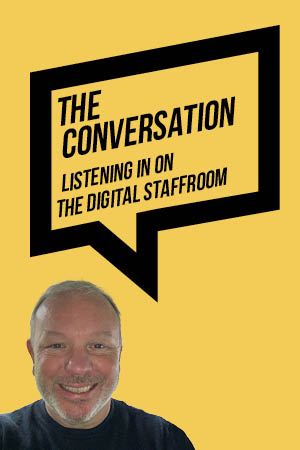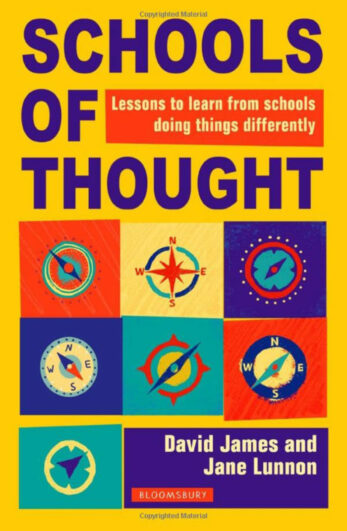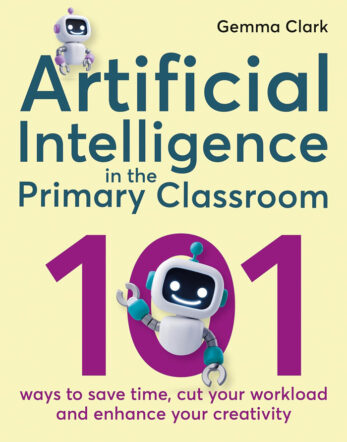I resisted this book because it oozed something of the self-help manual.
But at the same time, I was drawn to it, precisely because its dust-jacket made a big, compelling promise – to help me to become the best me I possibly could. (Yes, I see the irony…)
“The End of Average,” it pronounced. “How to succeed in a World that Values Sameness.” The featured reviewers promised the book would help to cut through the reductive simplicity of the “average grade” or ranking, help me to understand the complexity of my unique self and thus fulfil my true potential.
The title is brilliant. It’s also a fairly accurate representation of the type of book you’re going to get.
The End of Average felt part self-help manual, part selective survey of a century of psychology and social science. The eclectic mix of research seems to have been picked for its ability to bolster the central thesis, which roughly speaking is (take a deep breath here): The overuse (and erroneous application) of the concept of “average” in the applied social sciences (from education to personality testing and recruitment) has led to a poor fit between the systems within which we operate (which are mostly designed to fit the mythical average human being) and each individual (none of whom actually conforms to the mean). And exhale.
Todd Rose, director of the mind, brain and education programme at the Harvard Graduate School of Education and, perhaps more tellingly, president of the Center for Individual Opportunity, starts with a compelling example. US pilots, we are told, used to crash constantly until the Air Force realised that instead of building cockpits for the “average”-sized pilot, they needed to customise them. After analysing the body measurements of more than 4,000 pilots (all pre-selected, by the way, for being of generally average size) not a single one fell within the middle 30 per cent for all ten relevant body parts.
This, I have to admit, grabbed my attention. And the book is packed with similarly fascinating examples of how misuse of the average has failed to take account of human individuality. Rose describes the mind-numbing standardisation of factory production lines for optimal productivity according to Taylorian principles, meaning that every movement becomes prescripted and innovation discouraged.
And the message comes through loud and clear (although in case it hasn’t, he explains it anyway): the “jaggedness” of any individual human being is not accurately captured in the mythical “average human being” created by averaging the abilities, measurements, etc, of a population sample. So while we might think that most people conform to the average, this is false. The average, it seems, is no less representative of any one individual, as any one individual picked at random might be of any other individual.
Having laid these foundations, Rose extrapolates this thinking to other domains.
With regard to education, his main argument seems to be this: using grade scales (levels, SAT scores, GCSEs…) to rank pupils is a bit like using a ruler to try to measure the quality of a symphony/play/painting (insert your own preferred work of art). It’s just not the right measurement tool. And the thing you’re trying to measure, human ability, in all its manifest variety, is not, in any case, something that can be ranked along a single axis.
Which gives us all an excuse to let that mental ranking trauma dating back to our school days just drop away. Phew.
But it’s all accompanied by charts so intuitively accessible, that my hackles rose. I found myself constantly flitting between ah-ha! moments and hair-pulling frustration with leaps of logic that made me mistrust the author and, frankly, the foundation of the book’s thesis. In short, the experience reminded me all too much of the way experimental psychologists describe our moral decision-making process, where our “gut” instinct and our “rational” conclusions are pulling in opposite directions. Just as my soul was crying out, “it’s all true! Let it go!”, my logical brain kept telling me that something was off.
So read the book but don’t read the book. Go crazy for it or dismiss it as a gimmick. Or do both. I have.







Your thoughts